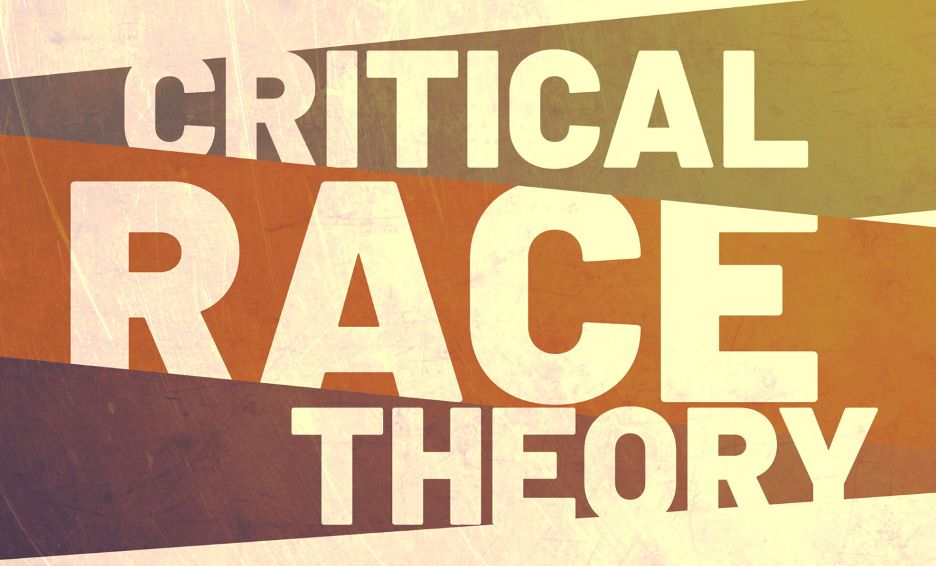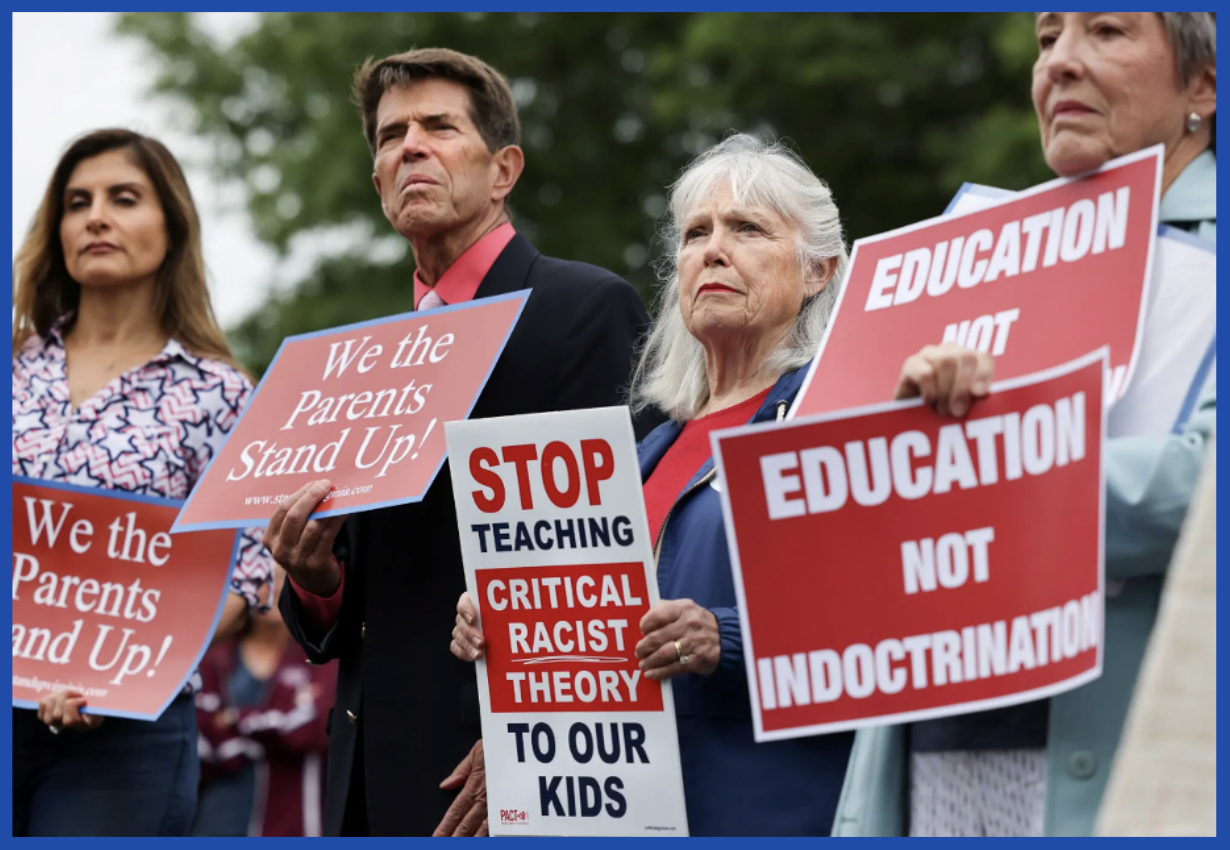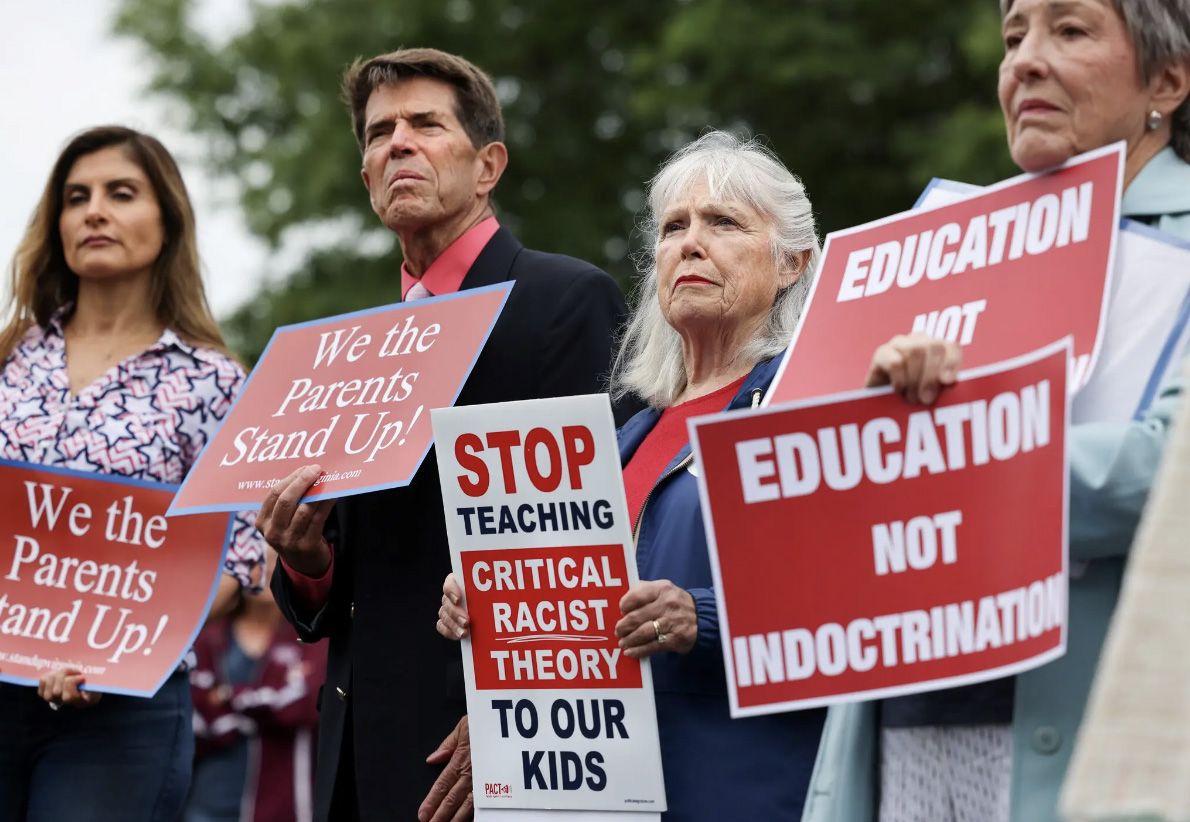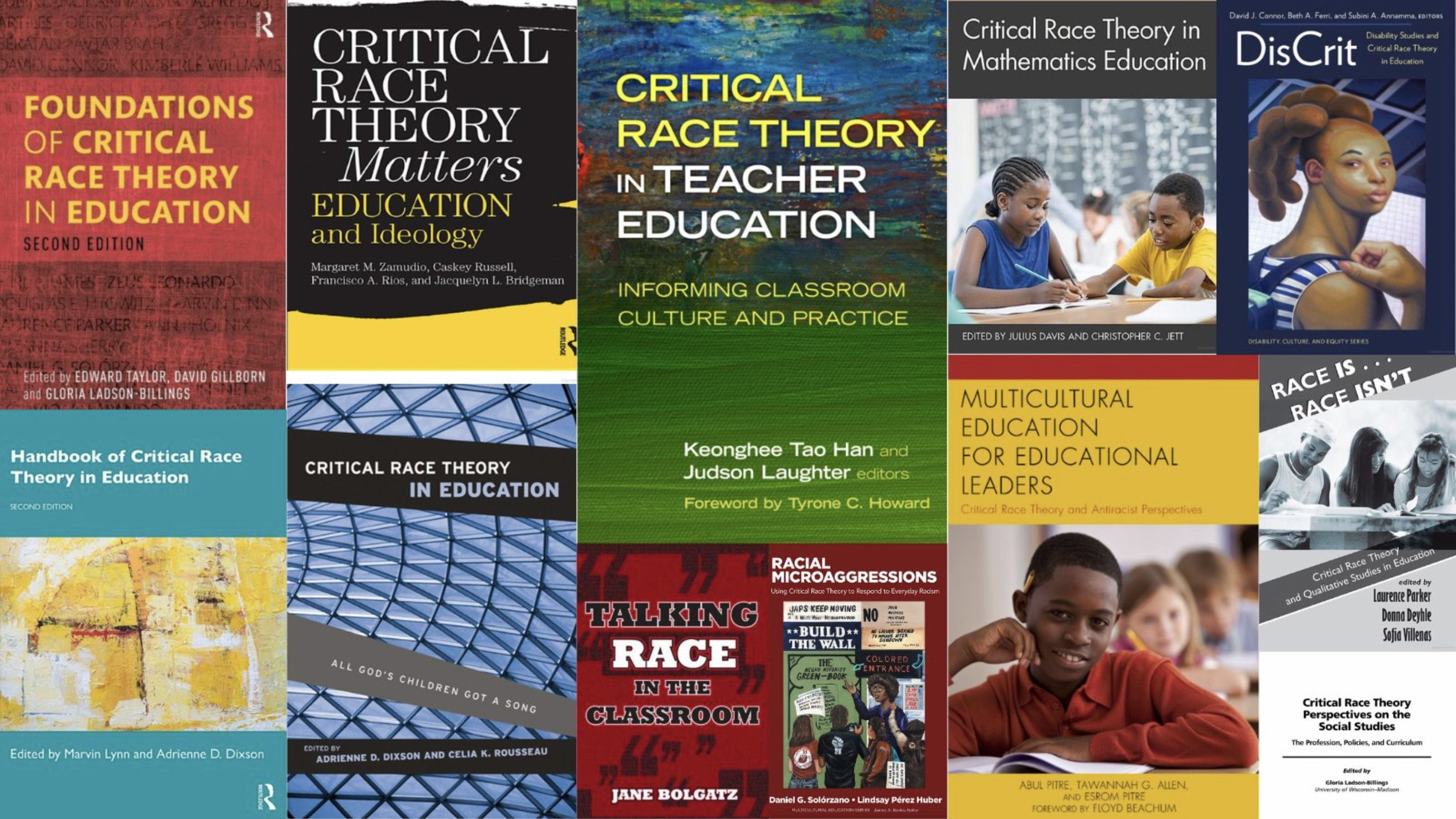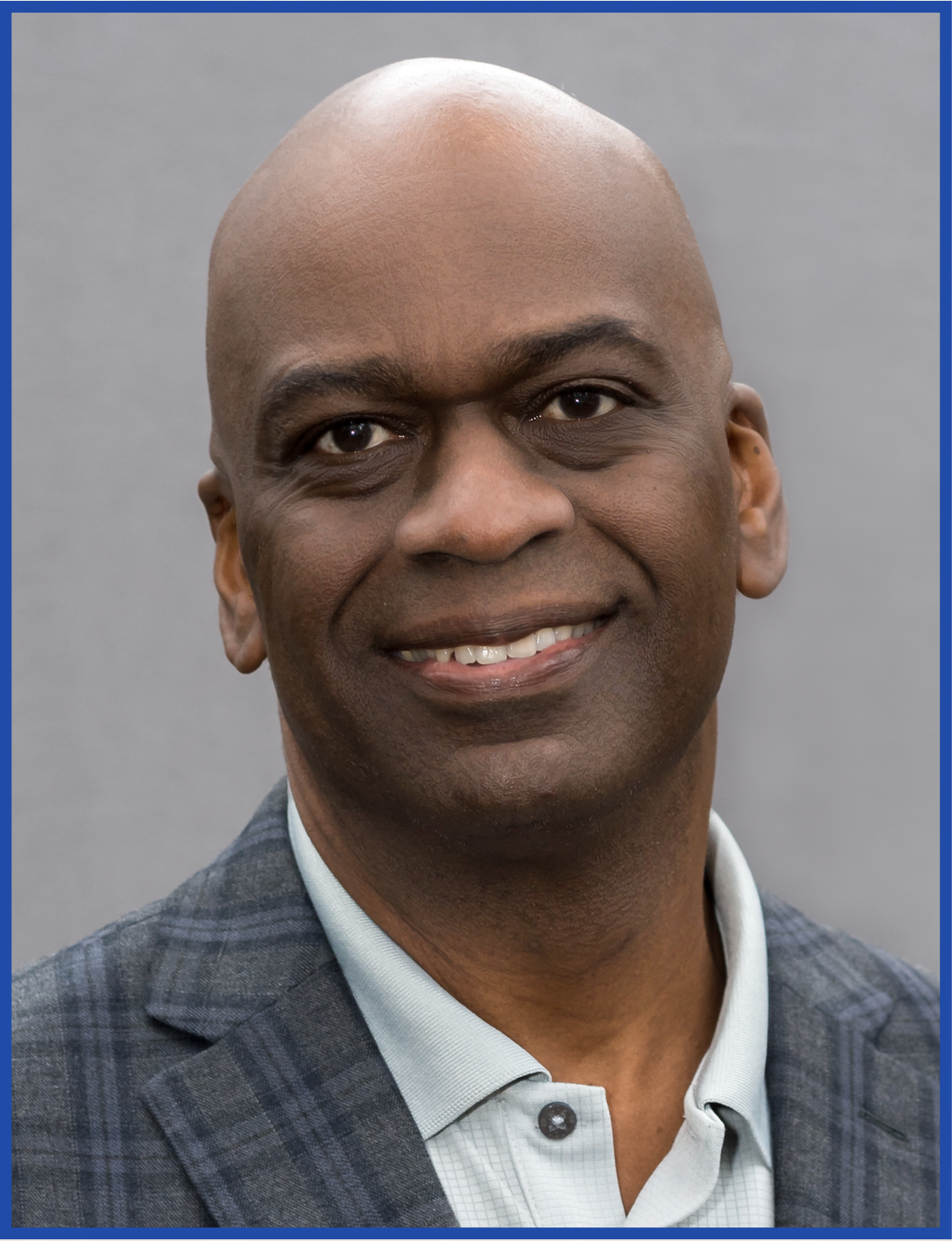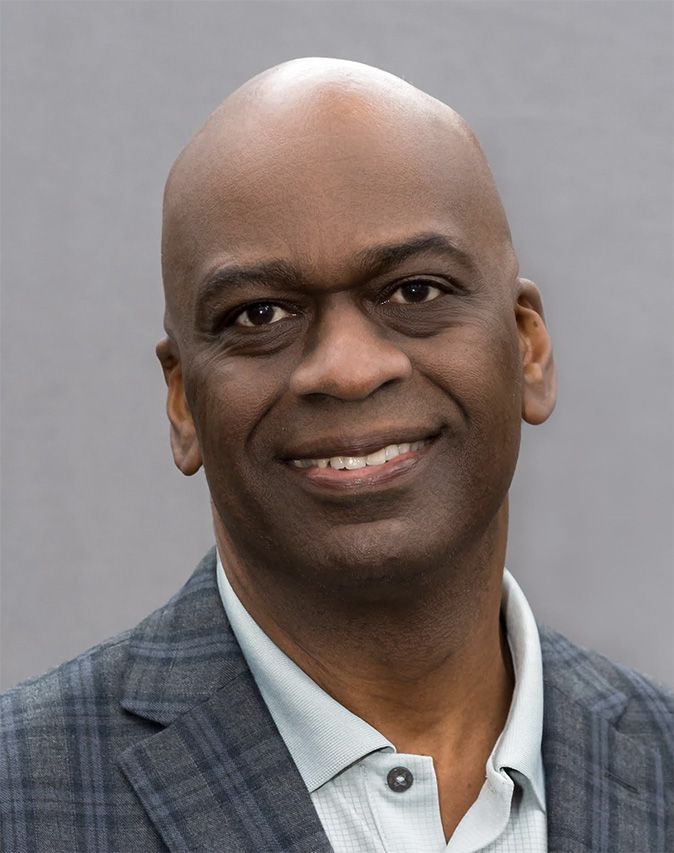I, the author of this article, have no legal training and acknowledge that Critical Race Theory, or CRT, is a broad and complex topic beyond the scope of my academic training. Consequently, I cannot provide an exhaustive presentation of the topic. CRT is very controversial. So, the fact that there is opposition to it is reasonable and to be expected. However, whether one agrees with it or not, CRT is being purposely distorted to foster division and fear for political purposes.
Ten years ago, most Americans had never heard of Critical Race Theory. However, today, due primarily to attacks from the political right, most have. CRT has become a popular means of strumming up fear in white Americans in the hope of driving votes to the ballot box.
During the 2024 Republican presidential primaries, CRT reached new heights of controversy as Florida Governor Ron DeSantis used it as a means of rallying political support and classifying it as yet another movement of the “radical left’s” woke agenda. DeSantis maintained that CRT was so dangerous and damaging that it necessitated political action. Consequently, he announced a legislative proposal to "Stop W.O.K.E. Activism and Critical Race Theory in Schools and Corporations." 1 Additionally, to reinforce his strong opposition to CRT as a key pillar of his campaign, he declared that "Florida is where woke goes to die"2 and redefined woke as the acronym Wrongs to Our Kids and Employees (W.O.K.E.)
However, well before the 2024 presidential campaign, President Donald Trump signed an executive order in September 2020 to "... ensure that Federal agencies cease and desist from using taxpayer dollars to fund these divisive, un-American propaganda training sessions.
[...] In the meantime, all agencies are directed to begin to identify all contracts or other agency spending related to any training on “critical race theory,” “white privilege,” or any other training or propaganda effort that teachers or suggests either (1) that the United States is an inherently racist or evil country or (2) that any race or ethnicity is inherently racist or evil. In addition, all agencies should begin to identify all available avenues within the law to cancel any such contracts and/or to divert Federal dollars away from these un-American propaganda training sessions.
During the US Supreme Court confirmation hearings of Judge Ketanji Brown Jackson in March 2022, Republican Sen. Ted Cruz questioned Brown about CRT. It’s striking that the first black woman nominated to the US Supreme Court was forced to speak on this topic. It raises the question -- would she have been forced to denounce CRT if she was not black, and was the questioning intended to instill fear in white Americans that an anti-white racist might be installed on the bench?
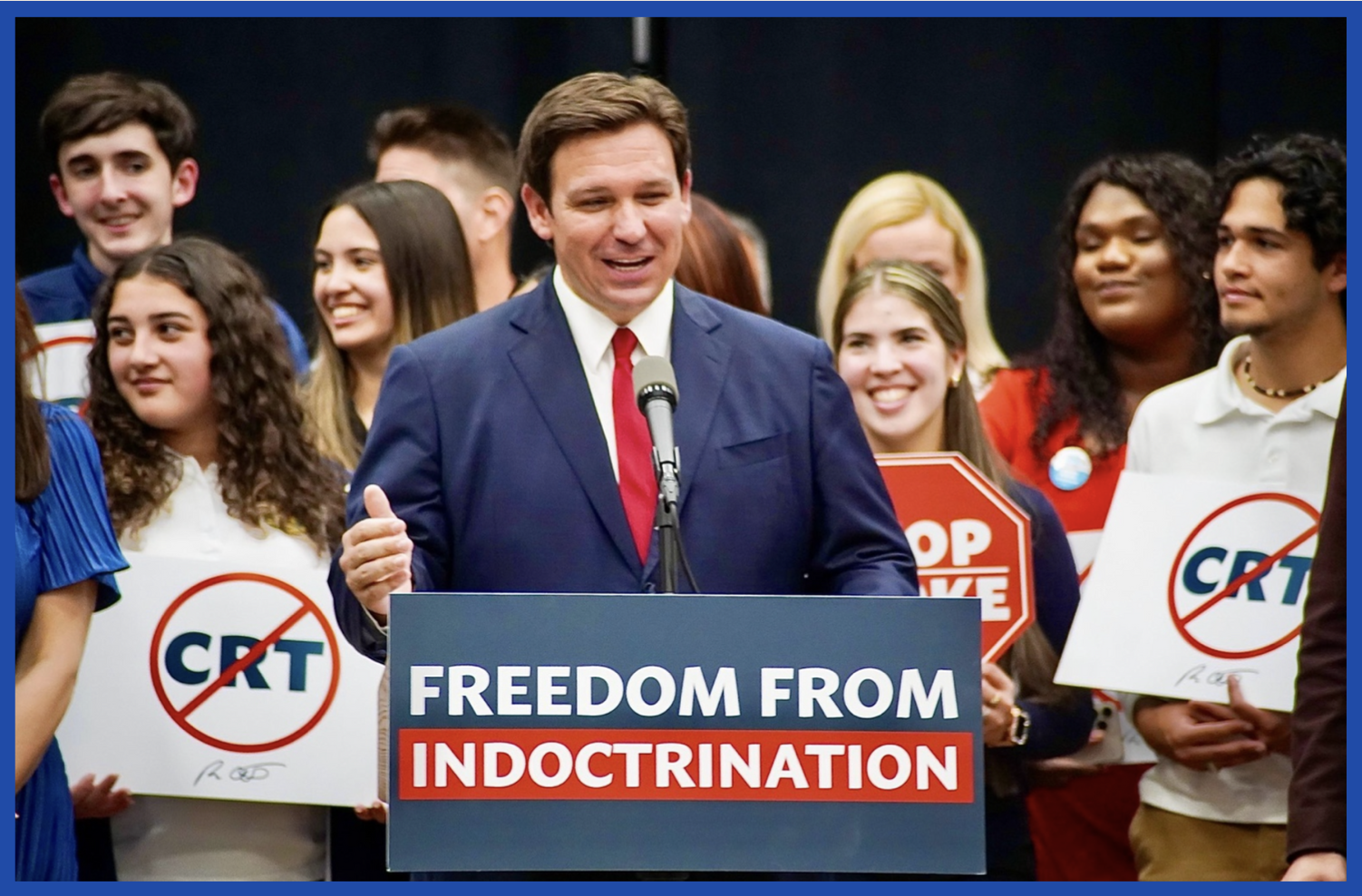
Gov. Ron DeSantis signed HB 7, the “Individual Freedom” act, into law on April 22, 2022, in Hialeah Gardens. Credit: Governor’s Office.
DeSantis maintained that CRT was so dangerous and damaging that it necessitated political action.
But what exactly is CRT, and why all the controversy?
CRT was developed by legal scholars, academics, and practitioners in the 1970s to explain the stagnation of African American economic progress -- despite the legislative victories won during the Civil Rights movement of the previous decades. The legal scholars Derrick Bell, Alan Freeman, Richard Delgado, and others proposed that the stagnation was due to racism interwoven into many areas of American society, including the legal system.
CRT is based on several core tenets. From the book Critical Race Theory: An Introduction by Richard Delgado and Jean Stefancic, the core tenets are as follows:
- “… racism is ordinary, not aberrational—"normal science," the usual way society does business, the common, everyday experience of most people of color in this country.”
- “… our system of white-over-color ascendancy serves important purposes, both psychic and material. The first feature, ordinariness, means that racism is difficult to cure or address. The second feature, sometimes called "interest convergence" or material determinism, adds a further dimension. Because racism advances the interests of both white elites (materially) and working-class people (psychically), large segments of society have little incentive to eradicate it.”
- “… race and races are products of social thought and relations. Not objective, inherent, or fixed, they correspond to no biological or genetic reality; rather, races are categories that society invents, manipulates, or retires when convenient.”
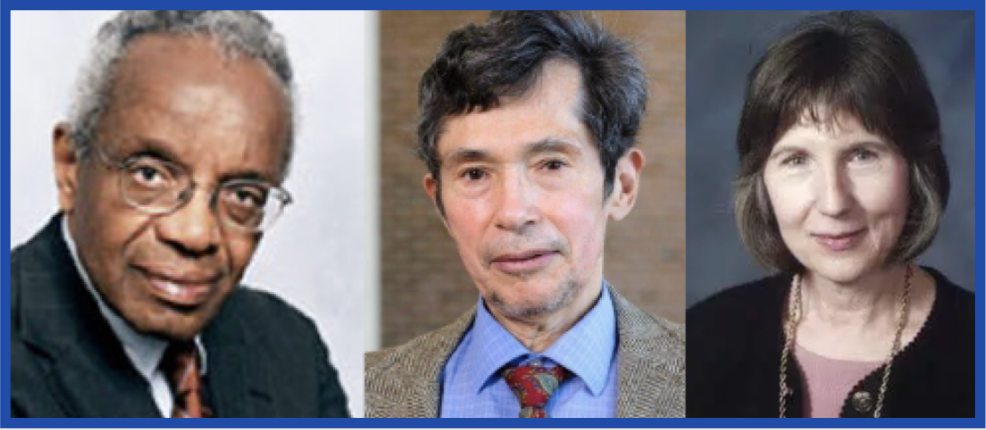
Professors Derrick Bell, Richard Delgado, and Jean Stefancic are founders of Critical Race Theory.
As stated previously, CRT is controversial, and although most would agree with the third tenant, many would disagree with the first two for several reasons:
First, much of the inspiration for CRT comes from the social and political left, which most on the political right would find objectionable. According to Delgado and Stefancic, “critical race theory builds on the insights of two previous movements, critical legal studies, and radical feminism, to both of which it owes a large debt. It also draws from certain European philosophers and theorists, such as Antonio Gramsci and Jacques Derrida, as well as from the American radical tradition exemplified by such figures as Sojourner Truth, Frederick Douglass, W.E.B. Du Bois, Cesar Chavez, Martin Luther King, Jr., and the Black Power and Chicano movements of the sixties and early seventies. From critical legal studies, the group borrowed the idea of legal indeterminacy—the idea that not every legal case has one correct outcome.”
Second, many on the political right reject the idea that the US continues to be a racist country. They believe that CRT speaks to an America that once was, but today's America is very different. Many believe that racism still exists, but racist acts are perpetrated by individual actors or groups -- not racist systems. Moreover, conservatives tend to blame the stagnation of African Americans after the 1960s on the deterioration of the black family due to the unintentional effects of welfare.
Third and most importantly, those on the social and political right are fearful that society and their children, in particular, are being indoctrinated with theories that they fundamentally disagree with. And it’s this fear that politicians are feeding and exploiting. On the political right, parents are told that their grade-school children are being taught CRT - which is telling white children they are racist. However, there’s nothing in CRT that accuses white children of being racist. This is purposely distorted to foster fear.
Also, despite assurances from the political left that CRT is not taught in schools, some of the concepts might be finding their way into the classroom. According to Delgado and Stefancic, “Although CRT began as a movement in the law, it has rapidly spread beyond that discipline. Today, many in the field of education consider themselves critical race theorists who use CRT’s ideas to understand issues of school discipline and hierarchy, tracking, controversies over curriculum and history, and IQ and achievement testing. Political scientists ponder voting strategies coined by critical race theorists. Ethnic studies courses often include a unit on critical race theory, and American studies departments teach material on critical white studies developed by CRT writers.”
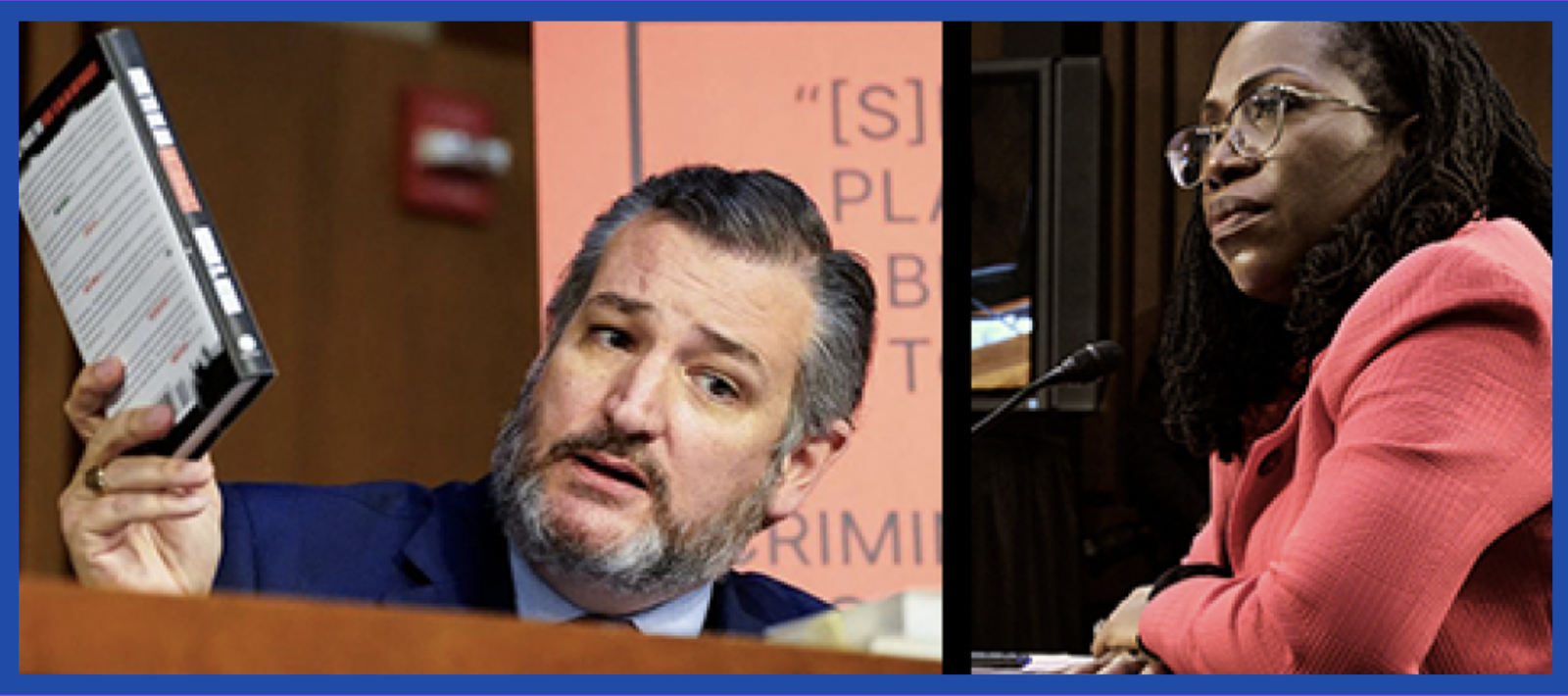
Republican U.S. Sen. Ted Cruz of Texas holds up the book “How To Be an Antiracist” as he questions Judge Ketanji Brown Jackson during a Senate committee hearing on her nomination to the U.S. Supreme Court.
Wrap Up.
Critical Race Theory is an academic and legal framework. Because it’s an academic theory, it should be debated and refuted, but in the appropriate venue -- perhaps the legal academic arena. Unfortunately, it’s too late for that; most Americans are aware of CRT and whatever definition has been sold to them. On the political right, CRT is another boogeyman under the woke umbrella. Its goal is to undermine America and harm white Americans -- especially vulnerable white children. This makes CRT especially useful for political exploitation.
Although this article focuses on how CRT is being portrayed and exploited by the political right, it is also frequently exploited by the political left, but that’s a topic for another time. On the political left, CRT is no longer a theory but a fact. It explains the disparities that exist between blacks and whites as systematic racism that cannot be easily eradicated -- thereby striping blacks of agency and the ability to control their own destiny.
Ivor Fergus
Ivor Fergus is an IT professional currently working as a Senior Director of Solution Architecture & Security for a Big 4 professional services firm. He’s been developing and delivering IT solutions for over 30 years.
Before joining the Big 4, Ivor worked for several major financial and professional services firms including Director of Software Engineering at
Finserv (previously FirstData); Director of Technology at Digitas; Director of Software Development Consulting at The Lande Group; Lead Solution Architect at Sapient and Senior Solution Architect at MasterCard International.
While at Finserv, Ivor designed and managed the implementation of a payment processing and collection system for a major UK bank. The
solution resulted in significant revenue gains for the bank and for Finserv. For his efforts, Ivor was awarded the Guardian of Excellence award – the highest award granted by Finserv, which is awarded to a select few each year.
During his time at Digitas, Ivor collaborated with Pictet Cie, a renowned Swiss private bank, to devise a technology strategy for expanding their online services and brand presence. He also worked with Dun & Bradstreet on a strategy for selling their business information reports online. While at Sapient, Ivor designed and implemented the market data-feeds solution for Goldman Sachs’ MarketView platform. He also designed a corporate actions workflow system for Citibank UK’s global custody practice.
Ivor received his BA in computer science from Queens College and his MS in Management of Technology from NYU Tandon School of Engineering.
He is also a TOGAF 9 certified enterprise architect.



